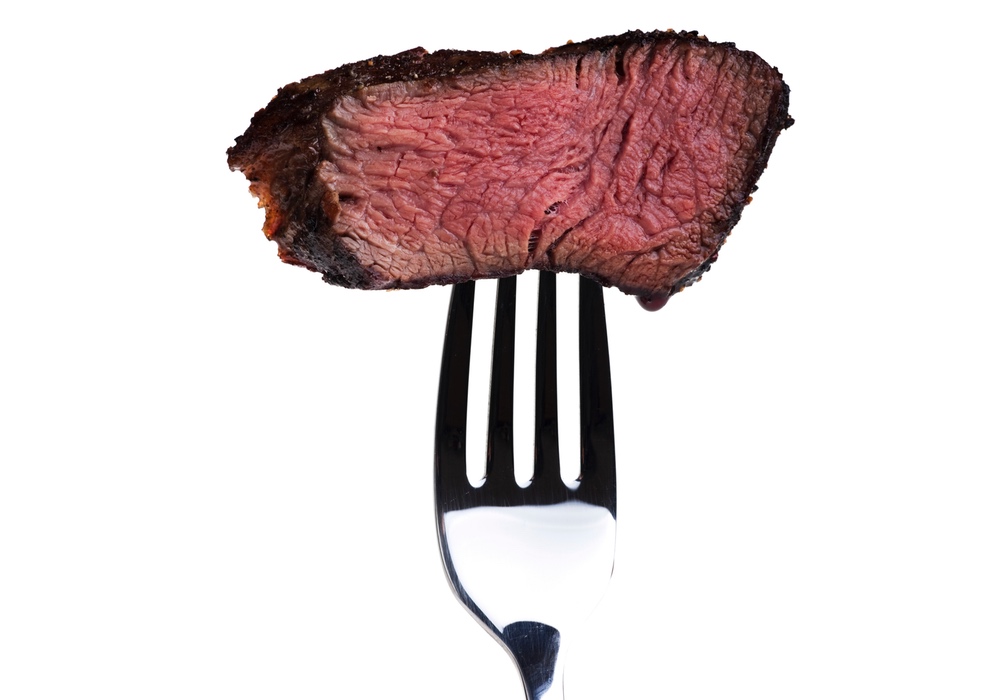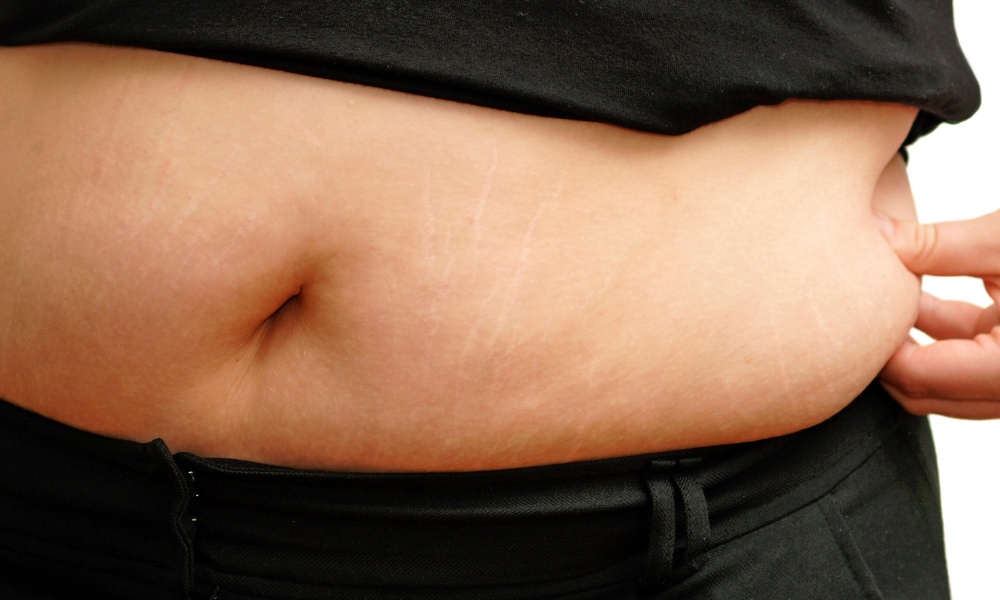If you’re trying to eat to reduce your risk of heart disease, there are a lot of things on your to-do list. Eat less saturated fat. Eat less sugar. Eat less salt. Eat healthy fats. Eat more fruits and vegetables. Watch your weight.
You can now add cooking your foods at lower temperatures to the list.
Food cooked at 300 degrees Fahrenheit or above undergoes changes in its chemical structure that can lead to the creation of harmful products called neo-formed contaminants or NFCs. Trans fatty acids are one such toxic product.Lower heat does not create the same level of toxic products that high heat does.
Cooking methods that use high heat, like frying or roasting, create high levels of trans fatty acids, researchers discovered. Frying is especially problematic if the oil has been used before — as is so often the case in fast food outlets — because oils break down quickly and form trans fatty acids.
An international group of researchers led by the University of Edinburgh looked at previous studies on the effects of NFCs on both human and animal tissue, exploring the relationship between them and the risk of heart disease. They found that in countries that commonly fry or roast foods there was a greater risk of heart disease compared to countries that typically use lower-heat methods of cooking. Lower heat does not create the same level of toxic products that high heat does.
“We still don't know why some ethnic groups are more susceptible to heart disease and this could be part of the answer to this mystery. It is exciting because if our findings are proven to be correct, we could make a real impact on rates of heart disease within a generation,” said researcher, Raj Bhopal, of the University of Edinburgh, in a statement.
Of course, more research is needed to confirm these findings, but in the meantime, it would be smart to lower the heat when cooking, and expand your repertoire of cooking methods.
The study is published in the journal, Nutrition.





